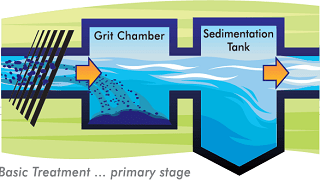malikasal
Structural
- Nov 17, 2013
- 130
in one of our PEB projects, the columns were fabricated with 30mm less than the required overall depth, so now there is a 30mm gab between the end plate (welded to rafter) and the column flange.
the suggested rectification is adding a 30mm plate to act as a filler and eliminate the gab.
what effects will this plate have on the connection capacity??
ôIf you don't build your dream someone will hire you to help build theirs.ö
Tony A. Gaskins Jr.
the suggested rectification is adding a 30mm plate to act as a filler and eliminate the gab.
what effects will this plate have on the connection capacity??
ôIf you don't build your dream someone will hire you to help build theirs.ö
Tony A. Gaskins Jr.




